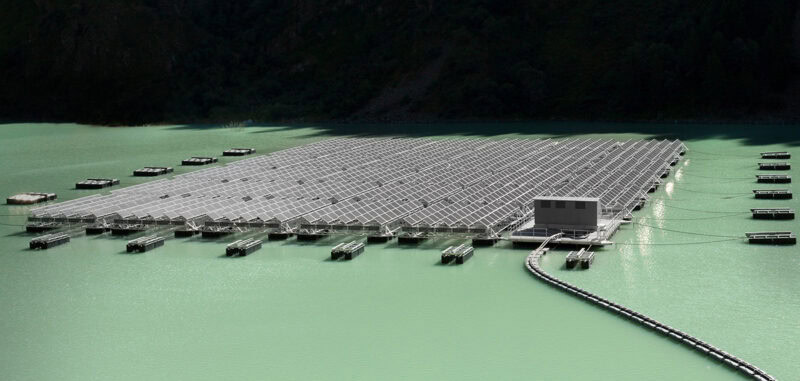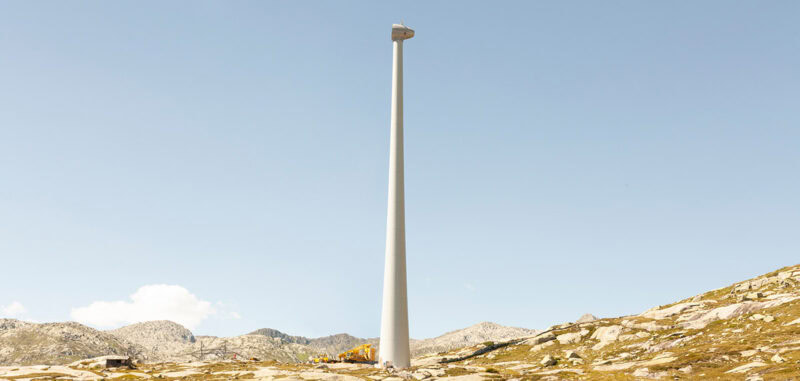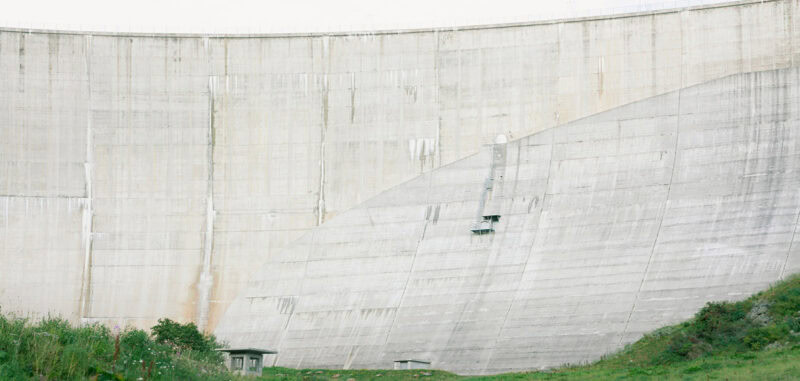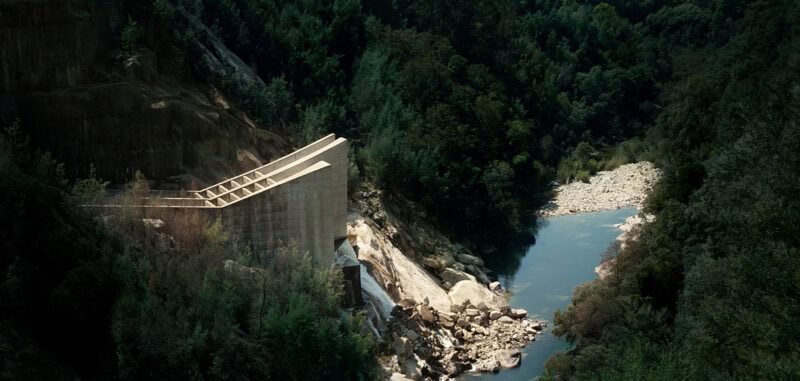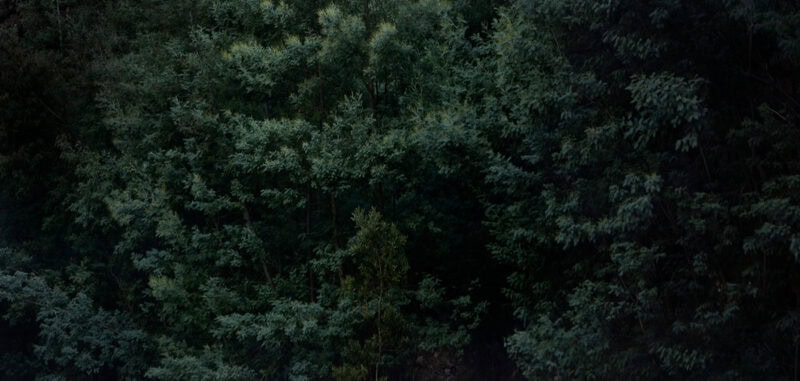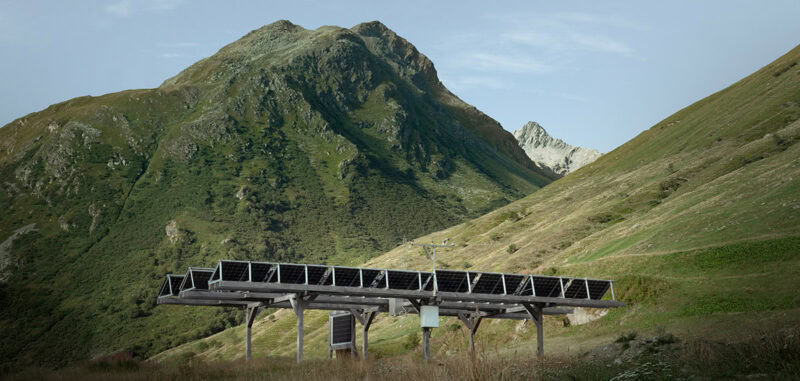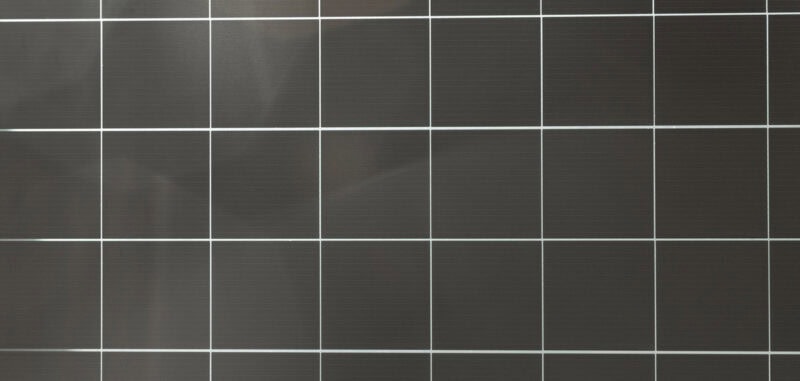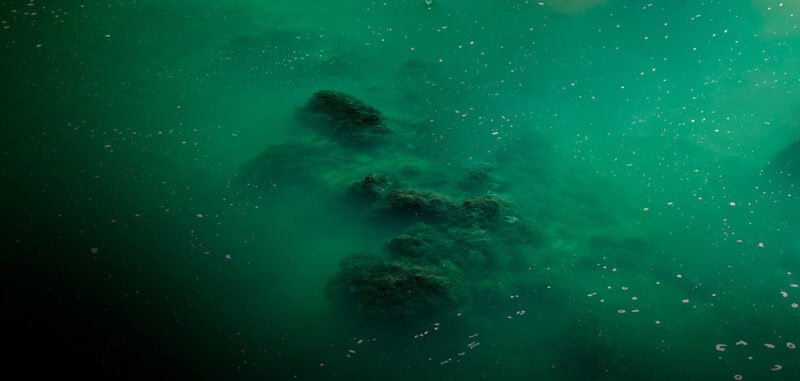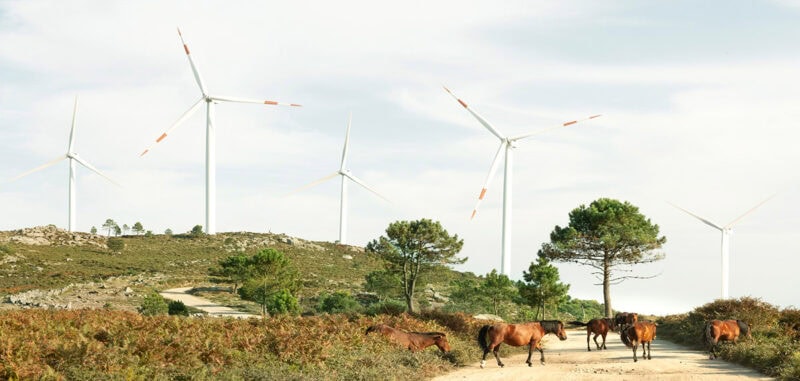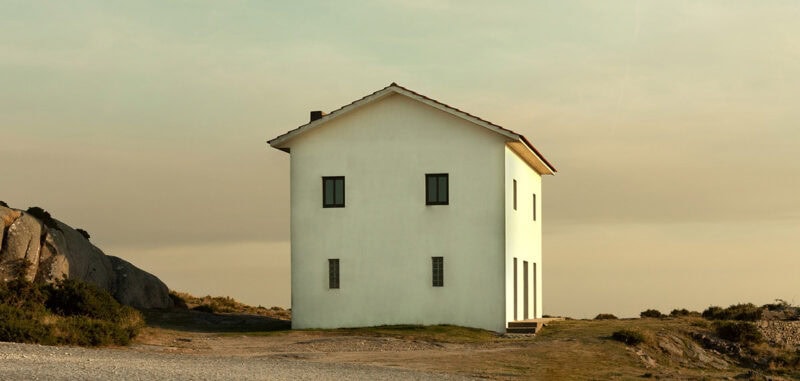Questions On is the video interview format created by C41. It consists of three simple questions addressed to our network of friends, partners and creative minds. This episode features Karina Castro.
Karina Castro is a Portuguese visual researcher and photographer based in Milan, Italy. Her works have been exhibited and published in different books and magazines, focusing on the territory socio-political issues and architecture to prompt a dialogue about the territory.
About Human Domination on Earth – word by Karina Castro:
After a series of crisis, from the economic to the pandemic, it is evident that humanity and its way of living on the planet need to be reflected upon. By engaging with the present and current developments, reflecting and reexamining our relationship with society, the visual-research Human Domination on Earth opens a dialogue and asks fundamental questions about our role in the world. The narrative portrays the landscape transformation over the years, the energy evolution, the current technological acceleration that is leading the carbon-intensive energy era to a cleaner, more sustainable energy future. Our planet is changing faster than we can perceive and this research portrays this symbolic moment of transition we are living.
How was the project born? When could you consider it to be completed?
In recent years I have been reading sociological analyses, from Ulrich Beck – a sociologist I like very much – to Zygmunt Bauman, Bruno Latour… The need to translate some of this information into images was born. Indeed, I have a strong need to translate the information I receive into images, not only through photographic research – which allows us to elaborate and create a synthesis on a given subject – but on an everyday level: collecting stamps, old postcards, is a way of translating and absorbing this information. These are issues we are all very aware of, thanks to the easy access to information we have today. We are aware of climate change, political issues, extremism, populism… Now, one thing is to be aware, another one is to be sensitive, and this is where the need to raise awareness on this subject comes from, which is very important. Let’s say that sociology, for example, brings us this concrete world of information, gives us an analysis of the society we are living in, and art is that final bridge that leads us to sensitivity. And this is where the research comes from. It was born in a simple, unpretentious way, as a sort of exercise, as a first approach to the world of research. The other question was whether the research is finished. Yes, the research is finished. It has also been confronted at editorial level, at exhibition level, during its journey. The images of this project were part of the exhibition The Science and Industry Museum in Manchester and I am currently collaborating with the curators Costanza Nizzi and Chiara Ascari to make an exhibition of this research at the Buso exhibition space in Venice.
Why is it easier to think about our individual present than about our collective future? What awaits us in 2050, as individuals and as a society?
Because of capitalism – yes, yes, capitalism – because capitalism leads us to competitiveness and competitiveness leads us to individualism. It is a connected system. And today more than ever, with the programme of neo-liberalism and unbridled ultra–capitalism – because by now it is no longer capitalism, it is ultra–capitalism – it has brought us this radical individualism. Let’s say that such an economic organisation has strong conflicts at an economic, social and political level, as we can see. And we think this way precisely because we live in this system, a system that is completely incompatible with the transnational being that we are today, with the global being that we are today. We say that we need a tabula rasa, a mental deconstructivism, to deal with the world we live in.
Possible scenarios come to mind. Possible scenarios such as climate refugees, overcrowding; I am reminded of technological evolution, new professions; I am reminded of a Europe towards green, a more sustainable Europe, as you can see in this photographic research. It allows us to see these solar panels that have been spreading over the last fifteen years, such as the floating solar panel, the first floating solar panel. The tallest one, the biggest one, it’s high up and it’s part of the Swiss 2050 sustainability programme. Unfortunately, I said at European level: I would like to see a world going green, not just Europe. But unfortunately, because of this radical individualism, we cannot achieve this ideal world. Indeed, it is not even an ideal world, it is a civilised world, a grassroots world. Another point that comes to mind is water scarcity, I don’t know anything about water scarcity, it is a possible scenario and I am also trying to document myself on this subject, also for a research I am currently working on.
Documenting is a way to give meaning. What role did photography play in your project?
With photography I played on the decision of places, choosing places with their history, with their fragility; places that have been threatened by man, places threatened by possible explosions of conflict, places that have been protected thanks to political manifestation, which is fundamental, and territories in transition towards sustainability. Let’s say that the idea was to create a flow of images that would allow us to analyse the impact of man, not only on a negative level, but also on a positive level, from the industrial revolution to today. But which in a way also allowed us to see a tomorrow. As I said before, a tomorrow towards sustainability, at least on a European level. As far as the aesthetic decisions are concerned, I approached them in two ways. That is, I decided to do a series on the elements – the very objective impact of man on the landscape – but also another series on the natural landscape. Landscapes that at first glance seem like immaculate passages, but as we approach them we realise that they are landscapes that have been threatened or that have been protected by events, for example. As far as the visual aspect is concerned, I decided from the beginning to make a very homogeneous choice of perspective and format for all the images, in order to be able to connect these places that are very different from each other, but also to pass that feeling of control through the visual format, a feeling of control, of dominion, of man over the territory.
